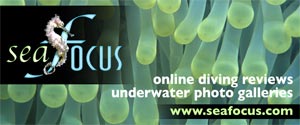- Home
- Directory
- Shop
- Underwater Cameras - Photographic Accessories
- Smartphone Housings
- Sea Scooters
- Hookah Dive Systems
- Underwater Metal Detectors
- Dive Gear
- Dive Accessories
- Diving DVD & Blu-Ray Discs
- Diving Books
- Underwater Drones
- Drones
- Subscriptions - Magazines
- Protective Cases
- Corrective Lenses
- Dive Wear
- Underwater Membership
- Assistive Technology - NDIS
- On Sale
- Underwater Gift Cards
- Underwater Art
- Power Stations
- Underwater Bargain Bin
- Brands
- 10bar
- AirBuddy
- Akona
- AOI
- Apollo
- AquaTech
- Atomic Aquatics
- aunoc
- AxisGo
- Backscatter Underwater Video and Photo
- BLU3
- Buddy-Watcher
- Cayago
- Chasing
- Cinebags
- Contour
- Deepblue
- Devilite
- Digipower
- DJI
- Dyron
- Edge Smart Drive
- Eneloop
- Energizer
- Exotech Innovations
- Fantasea
- FiiK Elektric Skateboards
- Garmin
- Geneinno
- GoPro
- Hagul
- Hoverstar
- Hydro Sapiens
- Hydrotac
- Ikelite
- Indigo Industries
- Inon
- Insta360
- Intova
- Isotta Housings
- Jobe
- JOBY
- Kraken Sports
- LEFEET
- Marelux
- Mirage Dive
- Nautica Seascooters
- Nautilus Lifeline
- NautiSmart
- Nocturnal Lights
- Nokta Makro
- Ocean Guardian
- Oceanic
- Olympus
- OM System
- Overboard
- Paralenz
- PowerDive
- QYSEA
- Ratio Dive Computers
- Scubajet
- Scubalamp
- Sea & Sea
- SeaDoo Seascooter
- SeaLife
- Seashell
- Seavu
- Shark Shield
- Sherwood Scuba
- Spare Air
- StickTite
- StormCase
- Sublue
- Suunto
- SwellPro
- T-HOUSING
- Tusa
- U.N Photographics
- Venture Heat
- XTAR
- Yamaha Seascooter
- Youcan Robot
- Zcifi
Shark Bay @ Sea World - A new diving experience
Contributed by Tim Hochgrebe

Talking about diving with a difference: we had the amazing opportunity to have a look behind the scenes of the recently opened Shark Bay at Sea World on the Gold Coast, Queensland and go for a dive in the Reef Lagoon. It is a very safe and shallow dive and if you like fantastic visibility you will not be disappointed. Unlike other aquaria in Australia, this one is located in the open air, which gives the whole experience a more natural feeling.
Sea World keeps four Dusky Whalers, three Tiger Sharks and one Bull Shark in the Shark Bay enclosure at the moment. Just like the polar bears, penguins, dolphins and other animals kept at Sea World the sharks are being monitored closely.
Sharks, and Elasmobranchs in general, are very sensitive to changing water conditions, so everything has to be absolutely up to scratch when keeping those animals. The 5.4 million litres of water within Shark Bay are filtered at a rate of 1000 litre per second. The enclosure is designed carefully, so that the sharks have sufficient gliding space to rest and the structures do not interfere with their very sensitive sensory organs. The caretakers go into the enclosure once a day for cleaning and general maintenance. The sharks are fed once a day.
On approach of Shark Bay you can see fins cutting through the water’s surface. Staff took us to the change area, where we watched a short presentation on how to behave when you are in the Reef Lagoon. After that we quickly changed into wetsuits and strapped on the dive gear. All gear you will need is provided by Sea World, including wetsuit and booties.
The other good news is that the water is kept at 24°C all year round, which is just very comfortable, especially during winter.
When we got to the Reef Lagoon part of Shark Bay we carefully shuffled to the waters edge, lowered ourselves and sunk to the bottom. Instantly we were surrounded by tropical reef fish including a school of beautiful Orange-spine Unicornfish. White-tip and Black-tip Reefsharks, Shovelnose Rays and a big Queensland Groper were lying on the sandy bottom. Juvenile White-spotted Eaglerays made a hasty retreat. We swam past patches of coral, that were realistically reconstructed from plastic and concrete while some of the reef fish were picking at food that was intentionally stuck between the ’coral’, mimicking their normal feeding behaviour. A few plaques were attached to the rocks, presenting educational facts on the different animals you could see around you. Whilst enjoying all this you also have the opportunity to wave at the people that are watching you from the underwater observation area.
At the back of the Reef Lagoon, behind one of the larger bommies, is a large acrylic division. From here you can look into the big shark enclosure.
Initially, when we found out we would not actually be swimming with the big sharks and only could look at them from behind glass we were a bit disappointed. That was immediately forgotten when the first Tiger Shark came right up close to the very clear acrylic that divides the two tanks. I wondered whether it could sense us. Soon other sharks followed suit and we were able to have a good look at them. I could have sat there for hours and looked at these magnificent predators. A few of them had scars around their mouth, presumably from fishing hooks. These eight sharks were what they call by-catch and ended up in Shark Bay instead as flake at a fish and chips shop. Besides entertaining the many tourists that come to Sea World each day, the sharks also give research staff the opportunity to study them, hopefully unravelling some clues on their biology, helping to protect sharks out in the ocean.
Shark dive and snorkel trips are available 7 days a week. A maximum of 8 divers or 12 snorkellers are allowed in at the same time. For the little ones of 10 years or younger (but at least 110 cm tall) there is also the rock pool experience.
People that decide not to enter the water can still enjoy ’the show’ by watching from underwater or above water observation areas and there is also a touch pool with different species of seastars, sea urchins (careful!) and other invertebrates.
Shark Bay is a great educational tool to make people aware of sharks and the peril they are in. We hope this attraction will encourage people to do their bit for the environment.
Many thanks to Kristen Leschke and Brian Dermody from Sea World for making all this possible. Thank you Sarah and Rees for your help getting us in and out of the enclosure safely. All staff was extremely helpful, patient and answered all our questions extensively. We had a great time.
Story by Wandy Brouwer, photos by Tim Hochgrebe and Wandy BrouwerShopfront
-
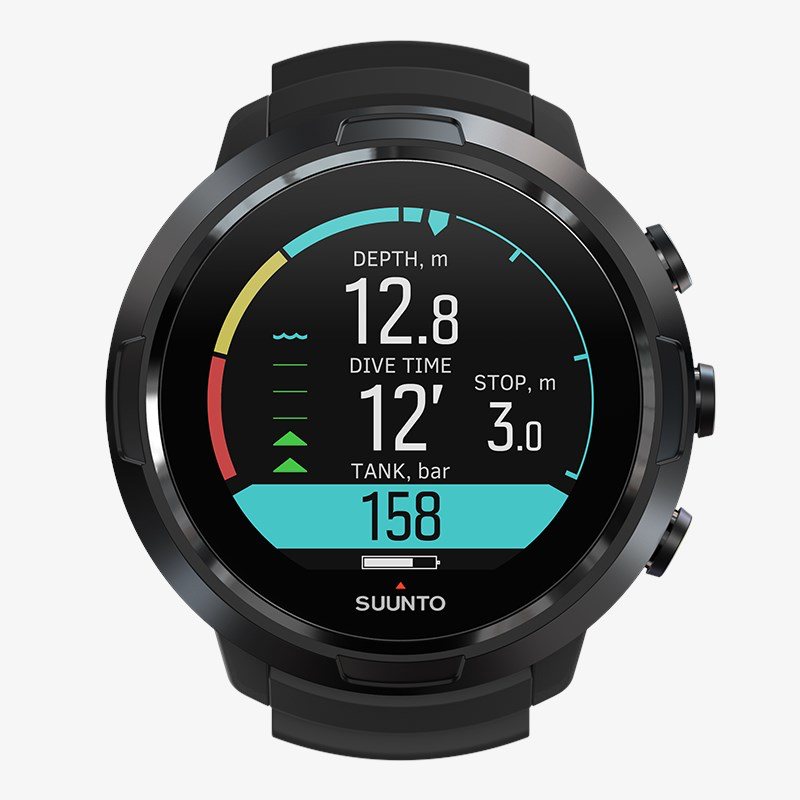 Suunto D5 Dive Computer with USB Cable
Suunto D5 Dive Computer with USB Cable
- Price A$ 835.00
-
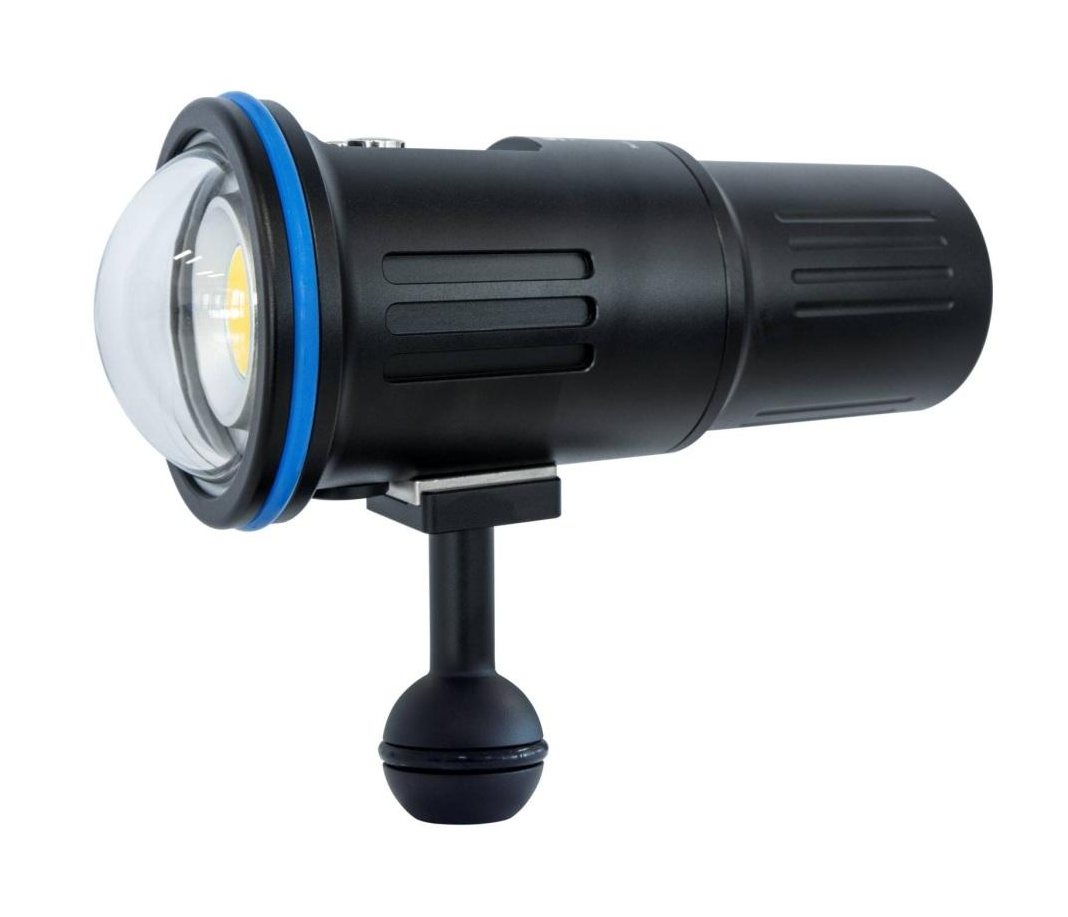 Scubalamp V3K V3 Photo/Video Light - 5000 Lumens
Scubalamp V3K V3 Photo/Video Light - 5000 Lumens
- Price A$ 549.00
-
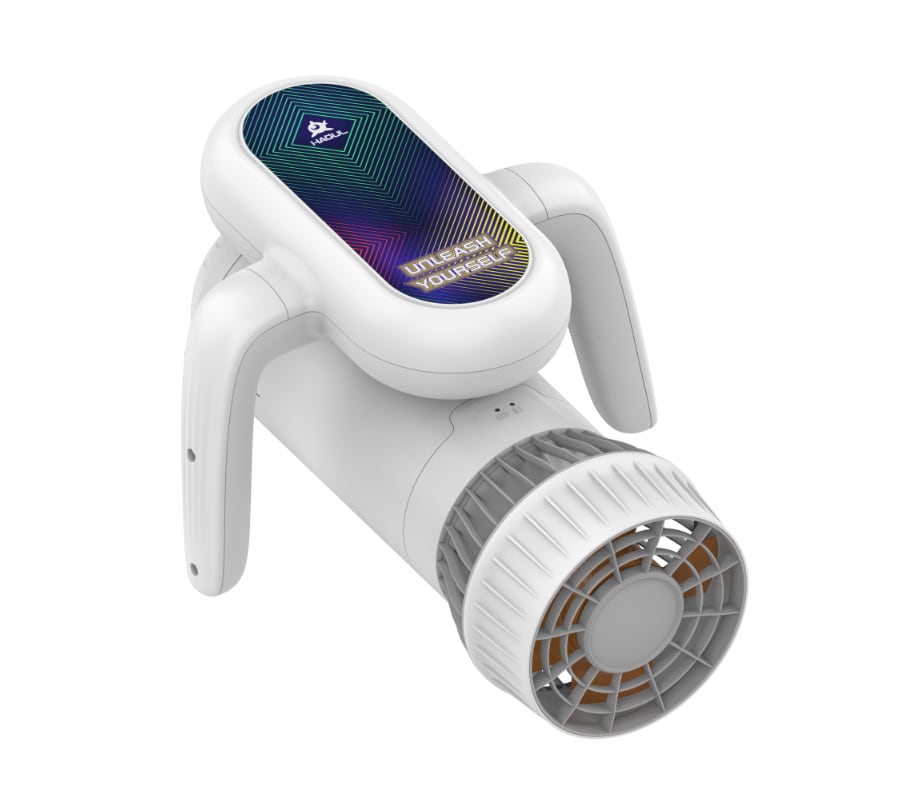 Hagul EZ Underwater Scooter - by Sublue
Hagul EZ Underwater Scooter - by Sublue
- Price A$ 599.00
-
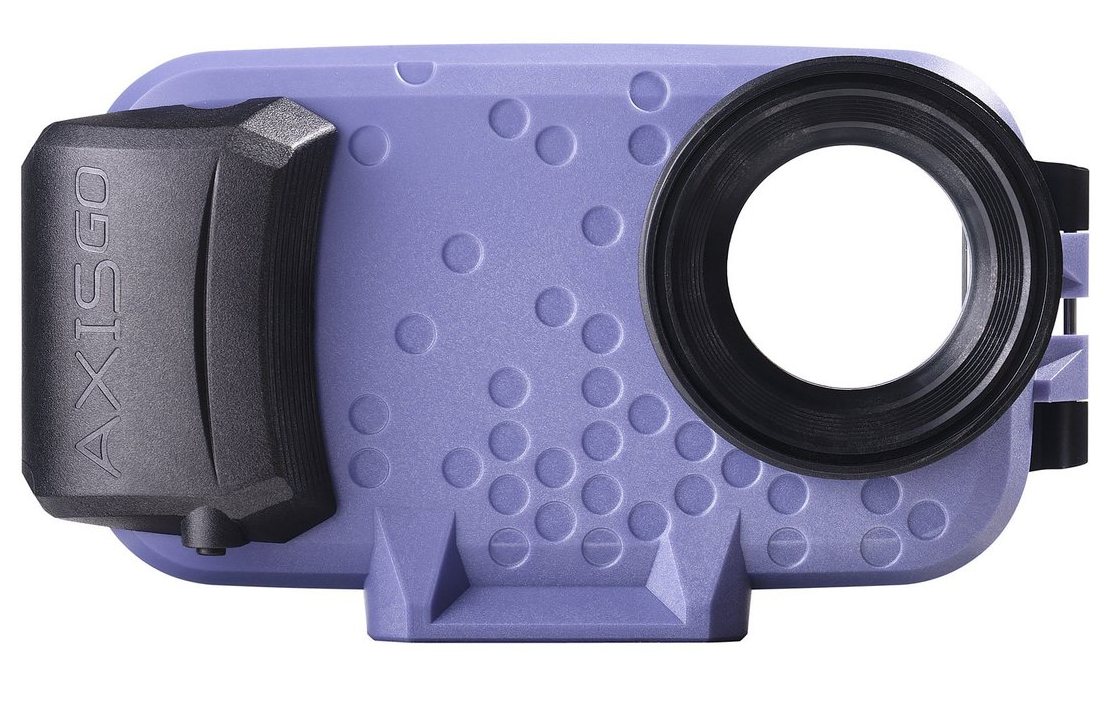 AxisGO Waterproof Case for iPhone 12 Pro Max
AxisGO Waterproof Case for iPhone 12 Pro Max
- Price A$ 169.00
-
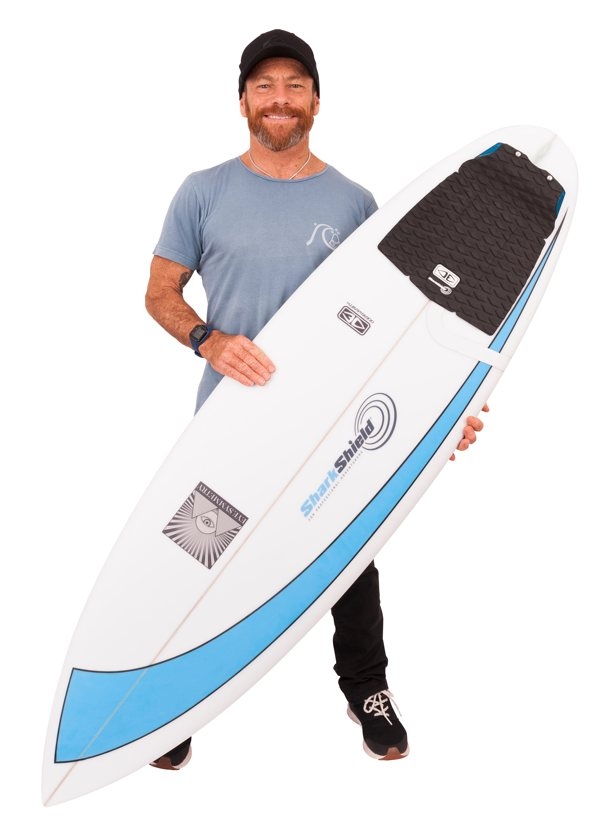 Ocean Guardian - Shark Shield FREEDOM+ Surf (Bundle)
Ocean Guardian - Shark Shield FREEDOM+ Surf (Bundle)
- Price A$ 569.00
In the Directory






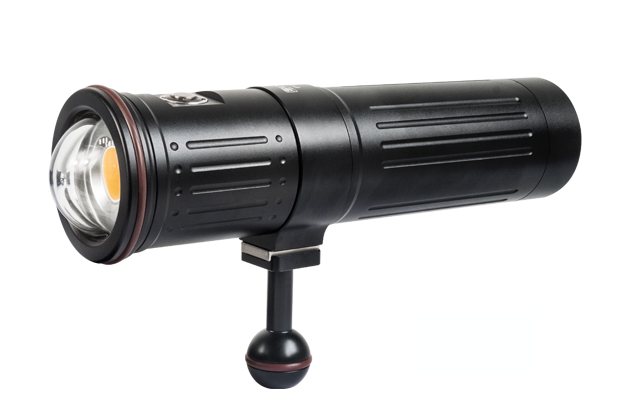
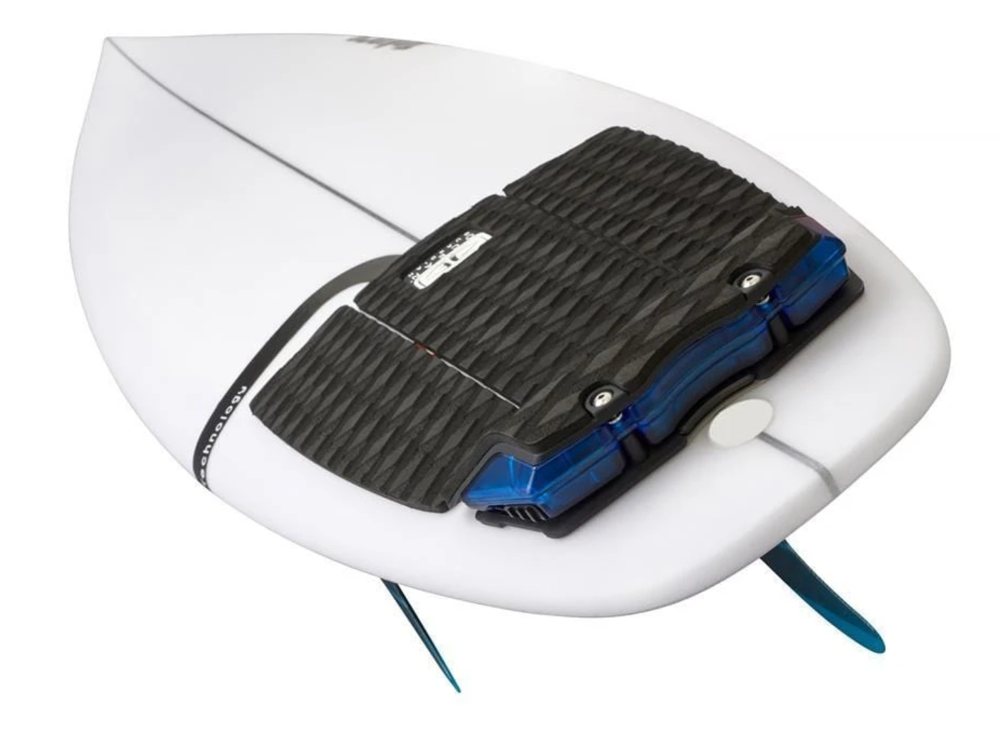
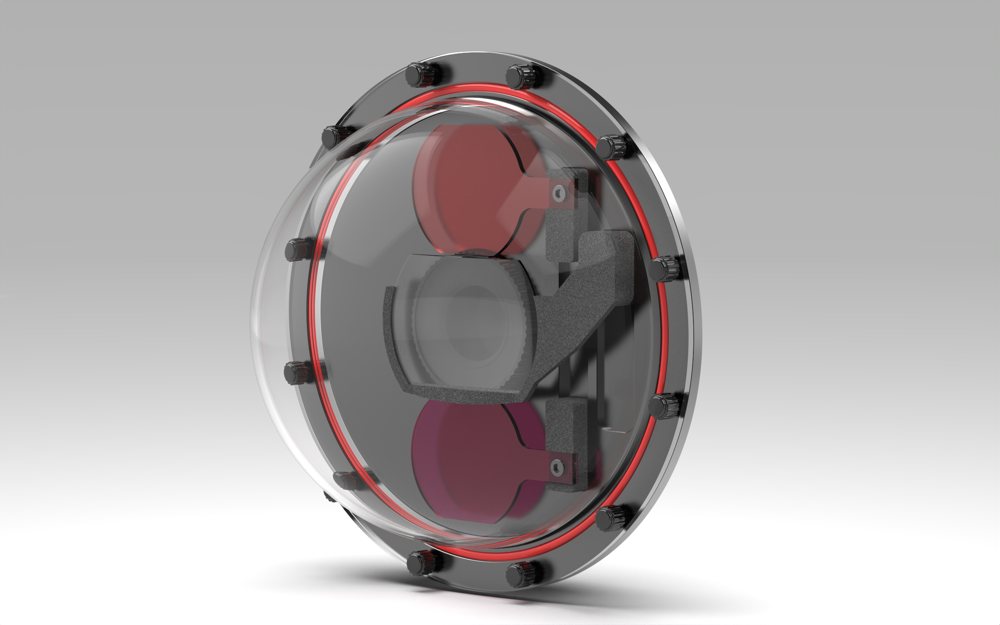
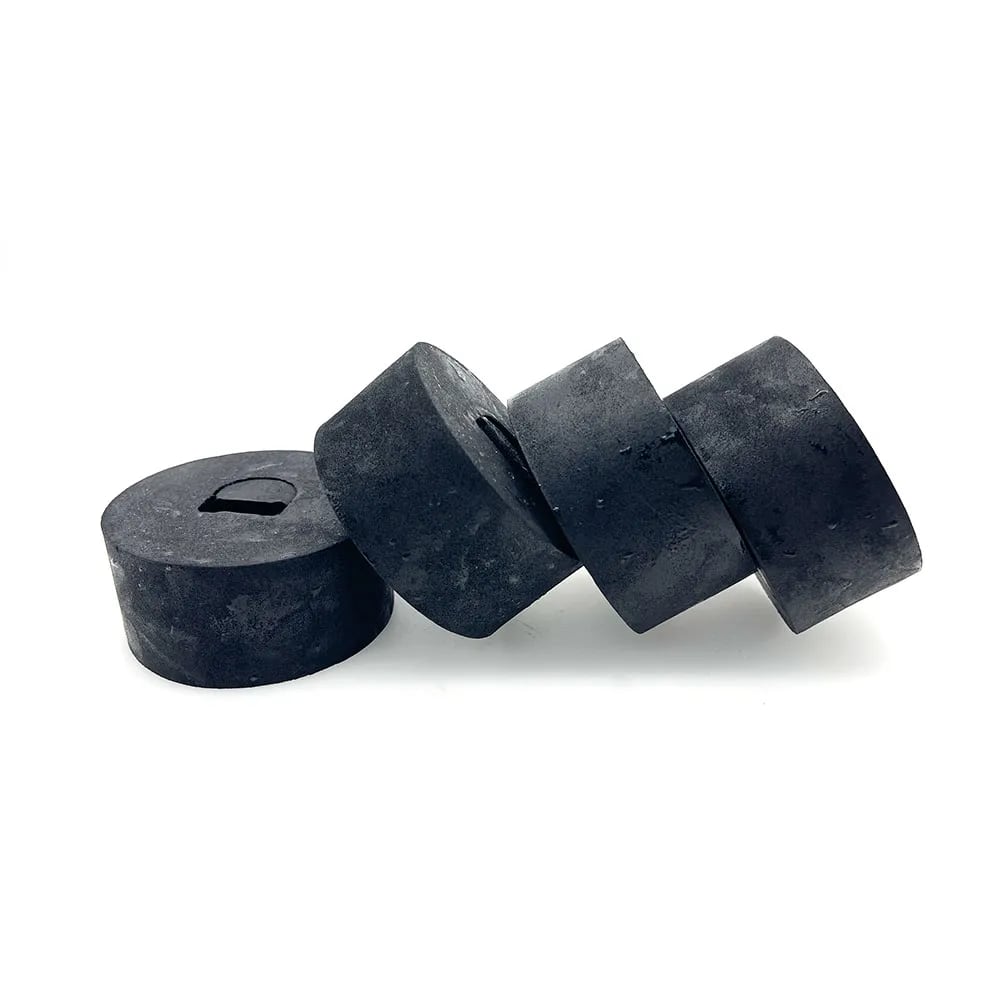
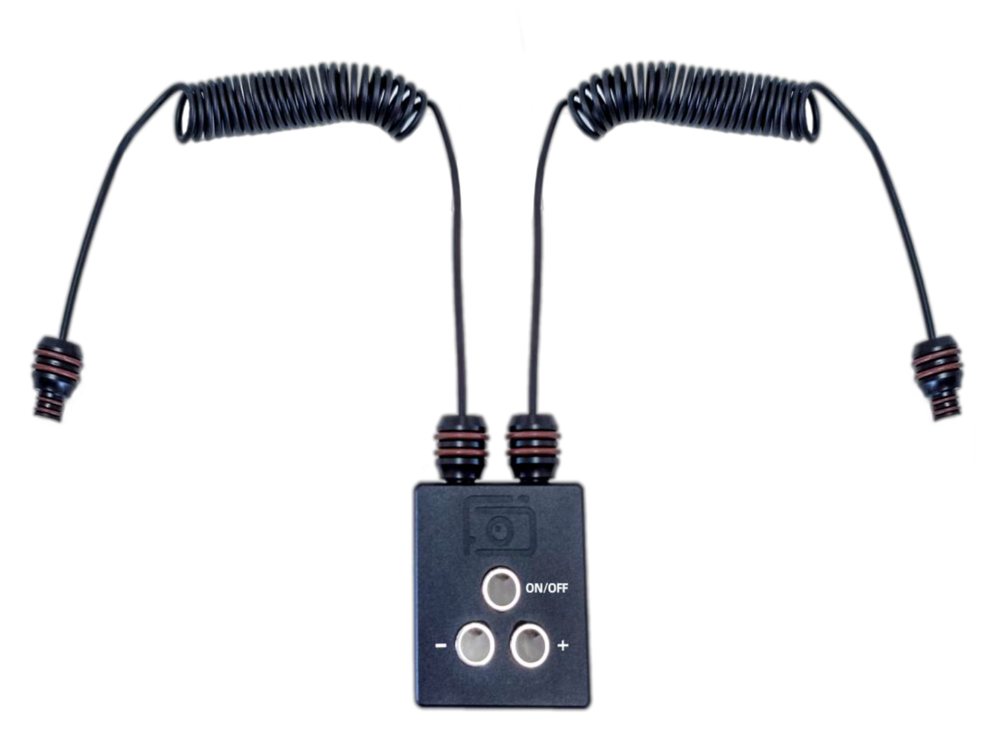
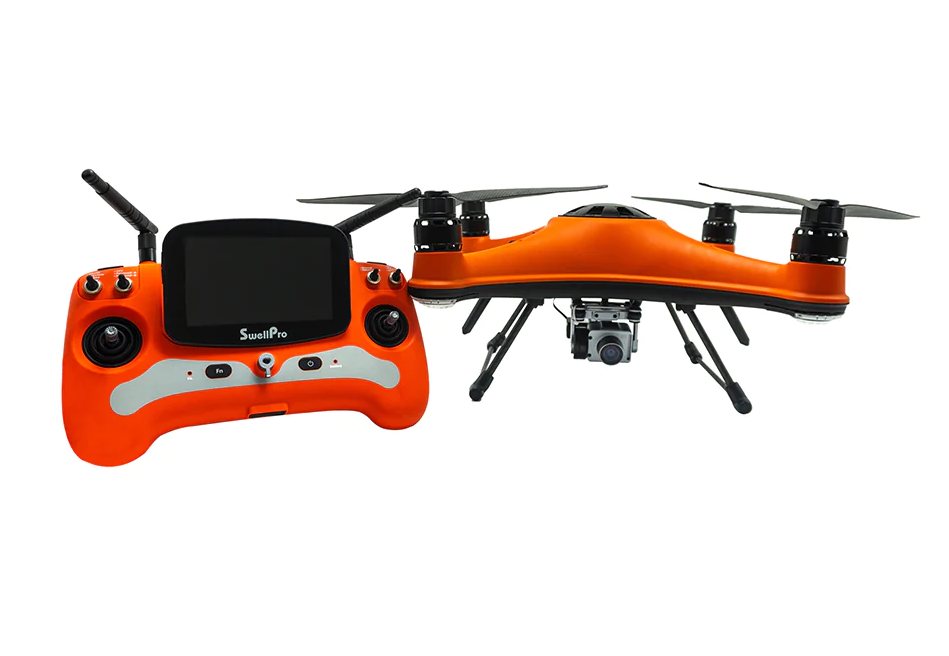
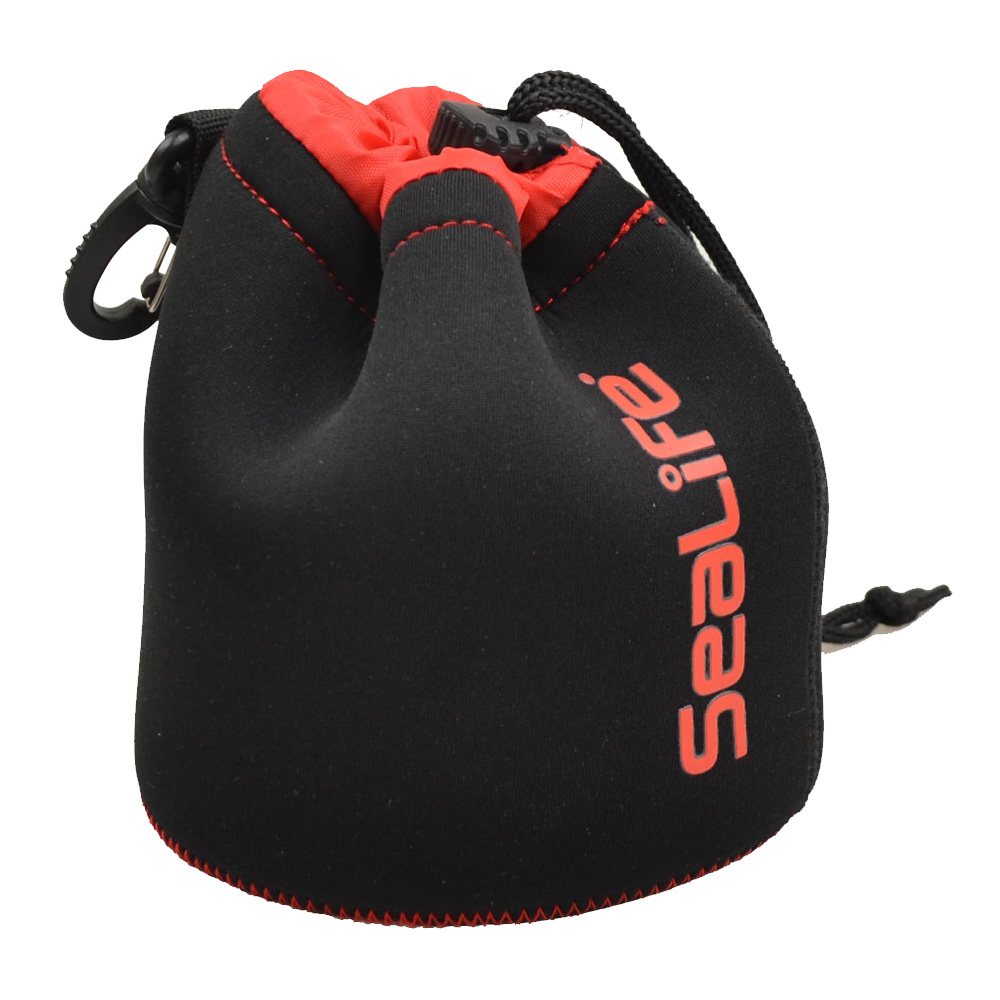



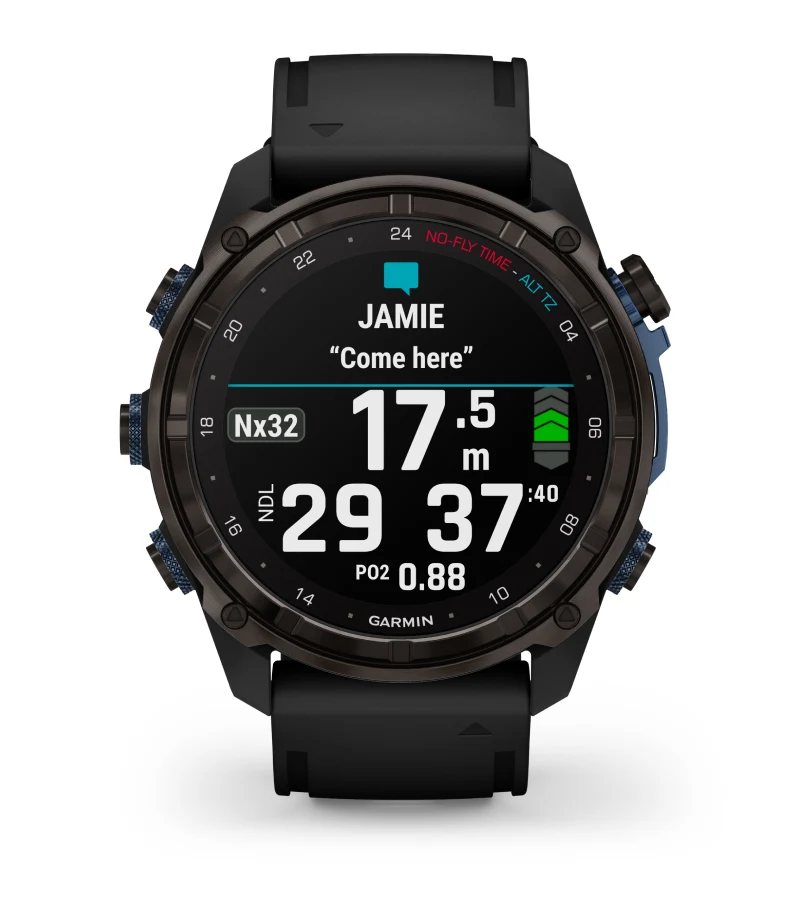 Garmin Descent Mk3i Watch Dive Computer - 51 mm, Carbon grey DLC titanium
Garmin Descent Mk3i Watch Dive Computer - 51 mm, Carbon grey DLC titanium 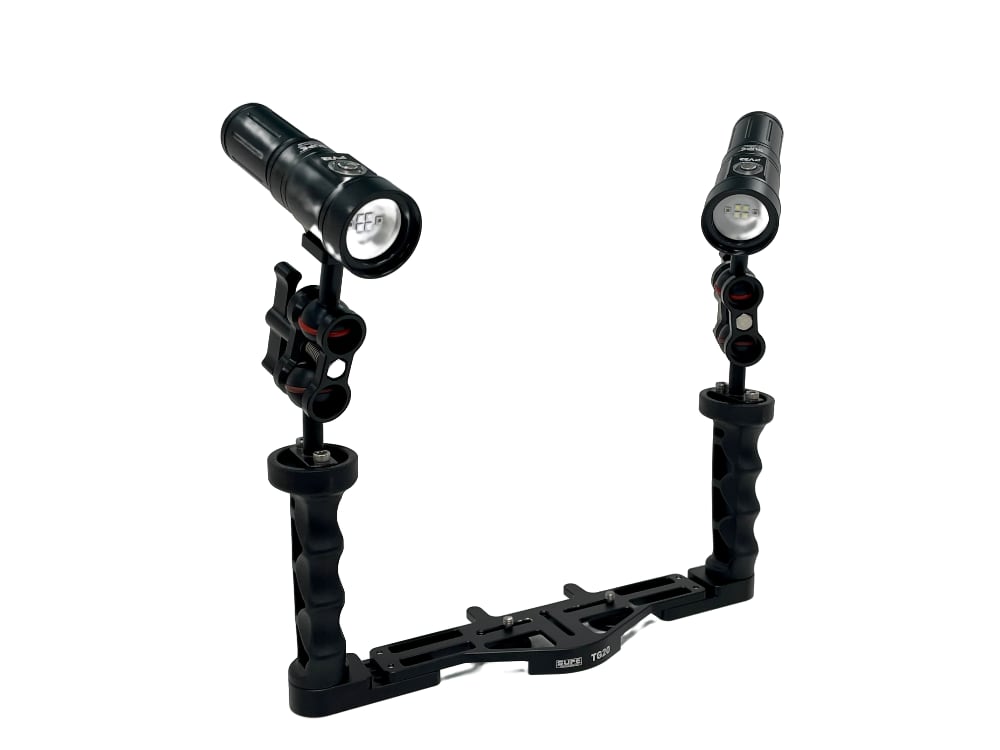 Video Light Package with tray and arms - 4000 lumens - Scubalamp PV22 x 2
Video Light Package with tray and arms - 4000 lumens - Scubalamp PV22 x 2 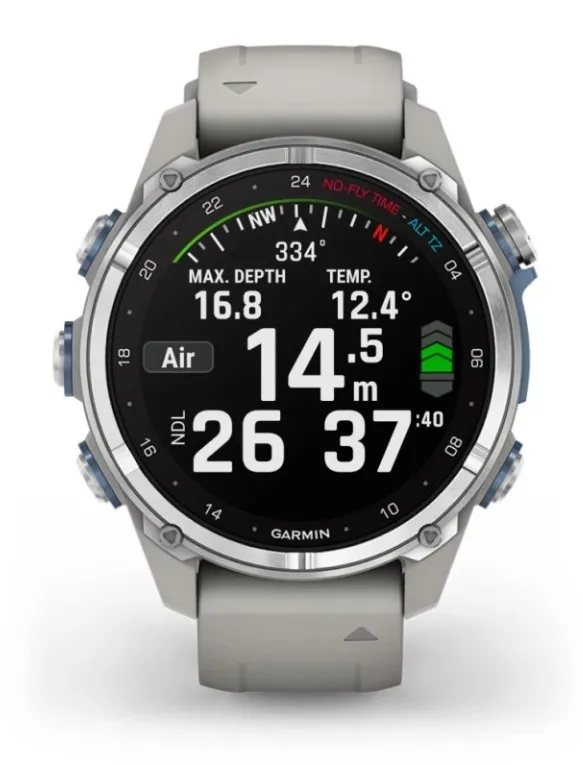 Garmin Descent Mk3 Watch Dive Computer - 43 mm, Stainless steel with silicone band
Garmin Descent Mk3 Watch Dive Computer - 43 mm, Stainless steel with silicone band 



